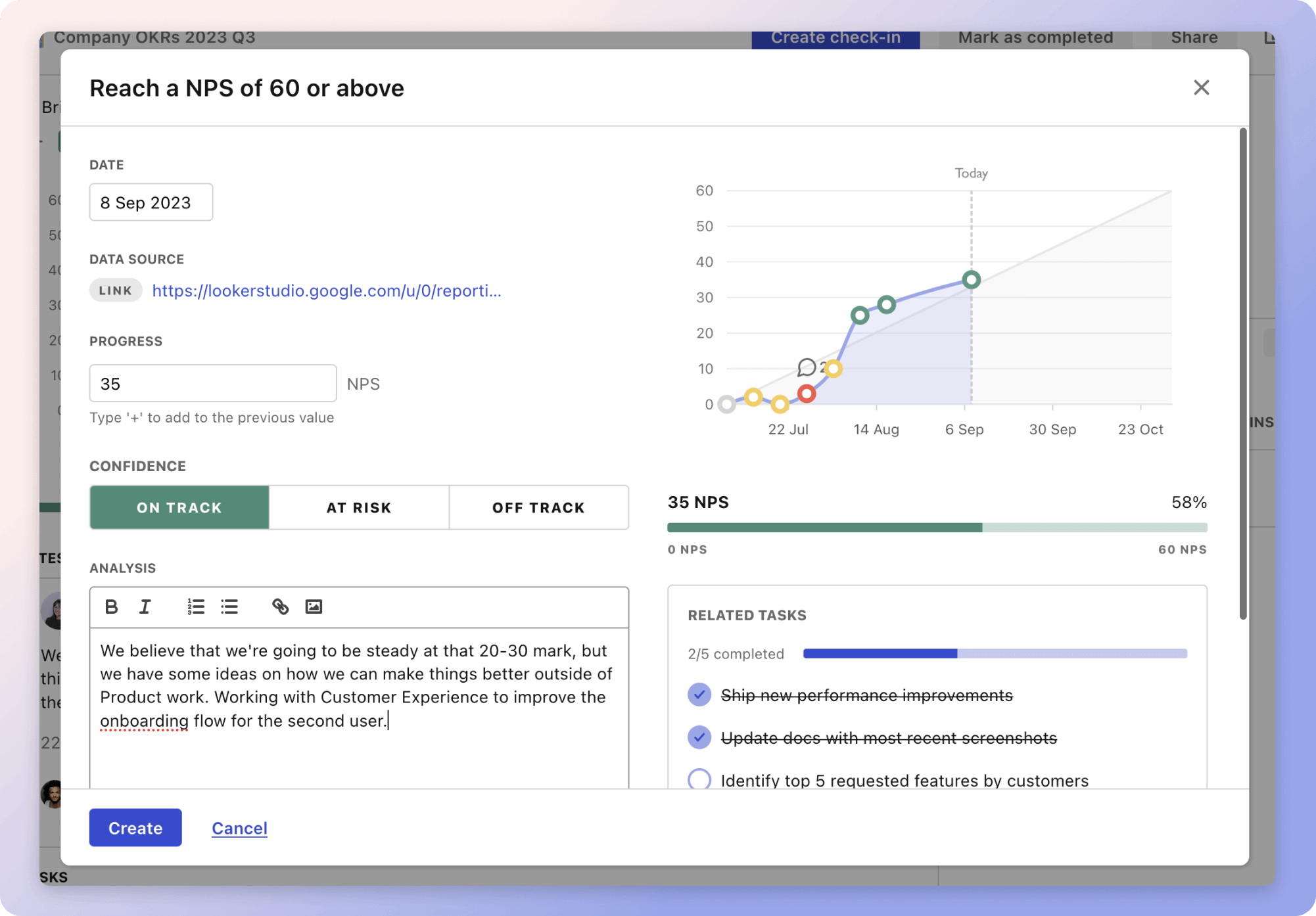The plan to enhance the Compliance Office's efficiency focuses on generating key metrics that are crucial for consistent improvement. For example, maintaining a high compliance rate ensures adherence to industry standards. Regular training and automated compliance tools are suggested to achieve this. Reducing audit findings closure time helps to enhance accountability and efficiency, critical for managing compliance effectively.
Increasing the training participation rate underscores the importance of employee engagement and understanding of compliance protocols. Simplifying access and offering diverse formats can drive this. Moreover, a rising incident reporting rate initially followed by a decline signals improved awareness and issue resolution. Lastly, implementing regulatory updates swiftly keeps the organization in line with evolving standards, through effective task forces and swift communication.
Top 5 metrics for Compliance Office Efficiency
1. Compliance Rate
Percentage of compliance with industry standards and regulations
What good looks like for this metric: 95%-100%
How to improve this metric:- Conduct regular training sessions
- Implement automated compliance tracking tools
- Enhance communication between departments
- Schedule frequent compliance audits
- Develop a regular review process
2. Audit Findings Closure Time
Average time taken to close audit findings once identified
What good looks like for this metric: 30-60 days
How to improve this metric:- Streamline remediation processes
- Increase accountability through defined roles
- Implement a tracking system for open findings
- Set clear deadlines for resolution
- Regularly monitor progress on findings
3. Training Participation Rate
Percentage of employees completing mandatory compliance training
What good looks like for this metric: 90%-100%
How to improve this metric:- Simplify access to training materials
- Send timely reminders for upcoming sessions
- Incentivise high training participation
- Provide flexible training schedules
- Offer diverse training formats
4. Incident Reporting Rate
Frequency of compliance incidents reported per reporting period
What good looks like for this metric: Increase in number reported followed by decrease over time
How to improve this metric:- Encourage a culture of transparency
- Simplify the incident reporting process
- Educate staff on identifying compliance incidents
- Ensure anonymity in reporting processes
- Evaluate and improve reporting systems regularly
5. Regulatory Update Implementation Time
Average time taken to implement changes following regulatory updates
What good looks like for this metric: 30-90 days
How to improve this metric:- Establish a task force for rapid response
- Maintain regular contact with regulatory bodies
- Prepare a contingency plan for swift implementation
- Educate staff on emerging regulatory trends
- Utilise project management software for tracking
How to track Compliance Office Efficiency metrics
It's one thing to have a plan, it's another to stick to it. We hope that the examples above will help you get started with your own strategy, but we also know that it's easy to get lost in the day-to-day effort.
That's why we built Tability: to help you track your progress, keep your team aligned, and make sure you're always moving in the right direction.

Give it a try and see how it can help you bring accountability to your metrics.